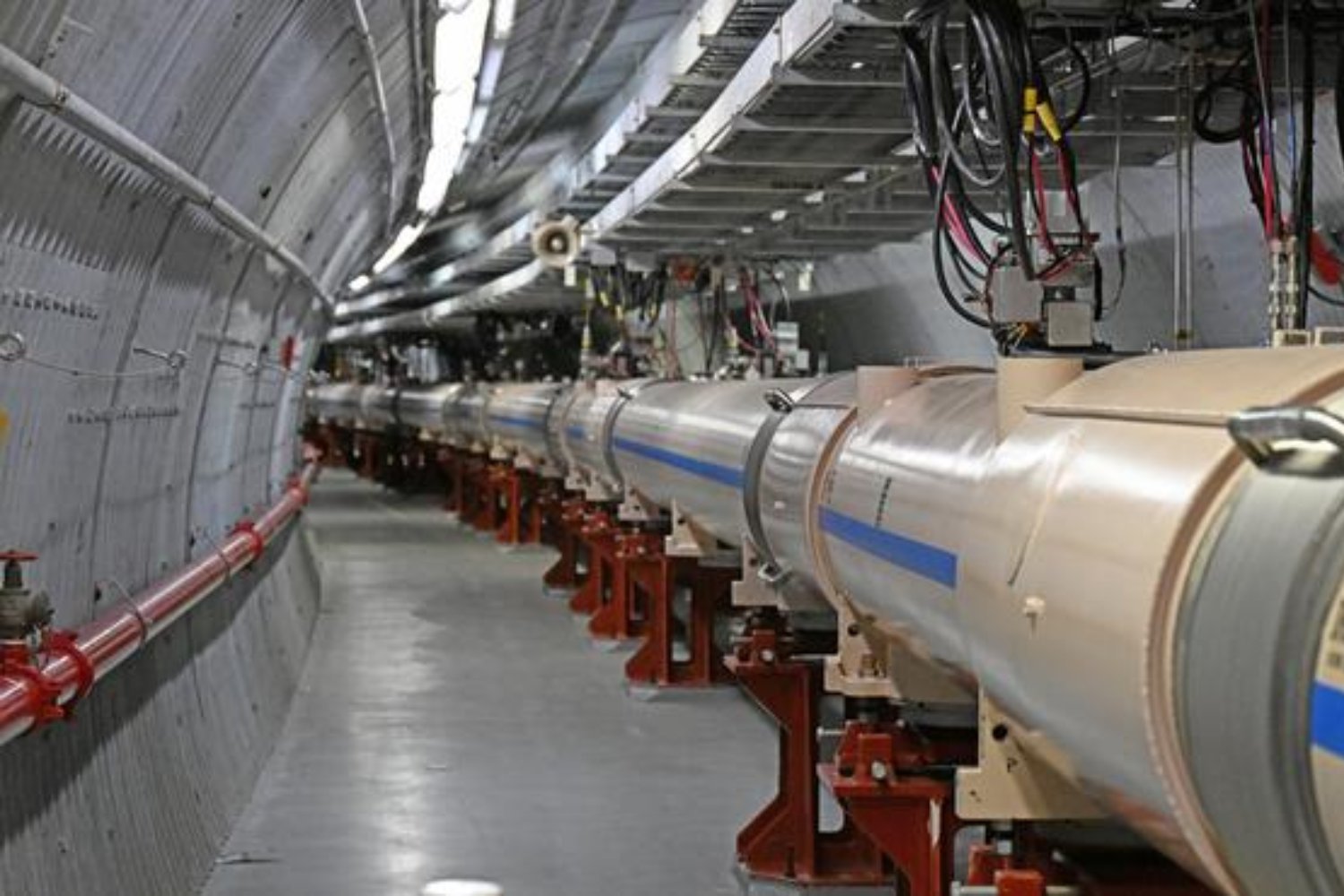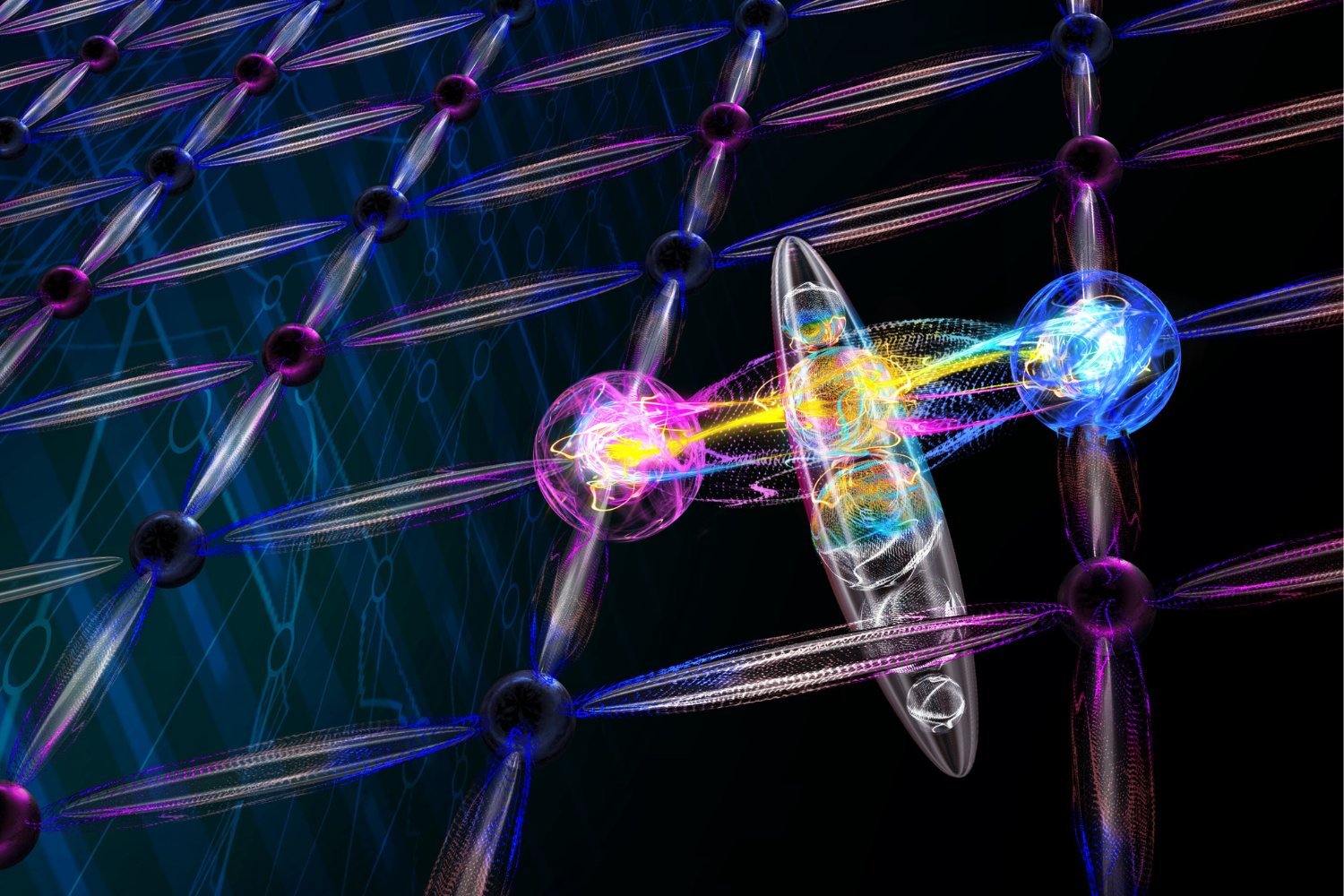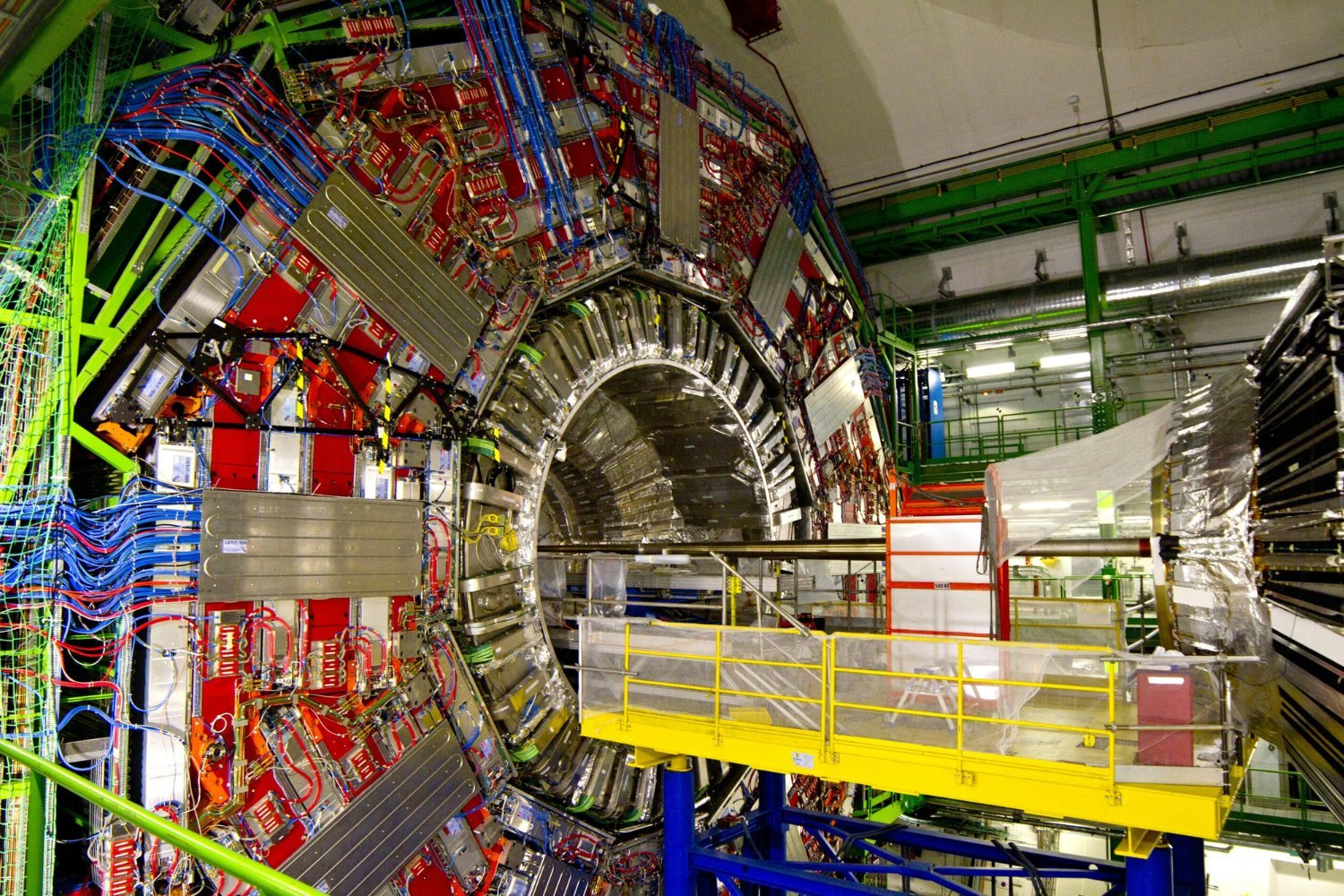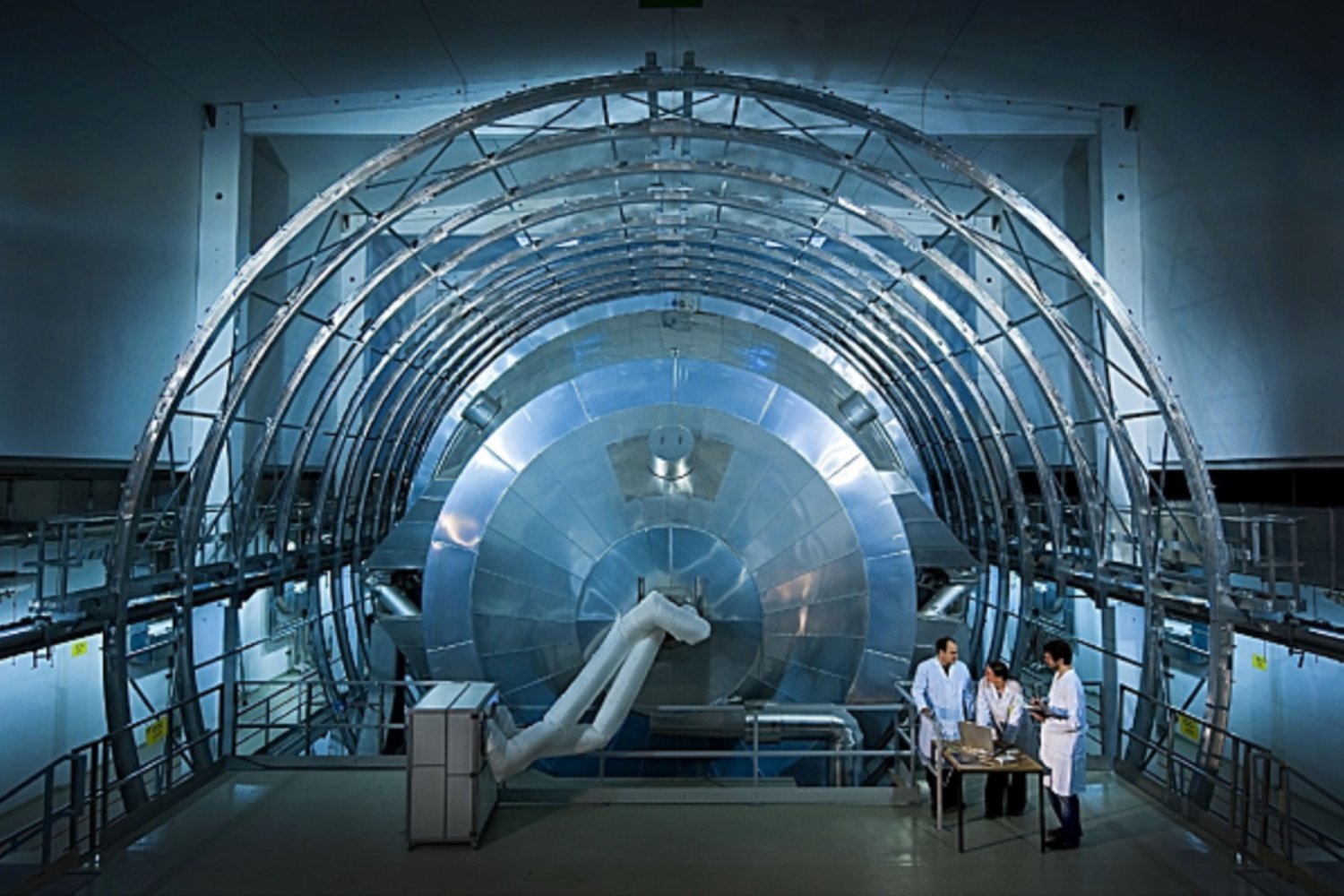China is embarking on an ambitious project to build Xinghuo, a fusion-fission power plant, with a projected completion date by the end of this decade. Estimated to cost a staggering $27.6 billion, this groundbreaking facility is slated for construction on Yaohu Science Island in central China, according to the South China Morning Post. Xinghuo’s unique approach involves harnessing the power of both fusion and fission technologies for energy production.
Nuclear fusion, the process powering stars like our Sun, involves combining light atomic nuclei to form a heavier nucleus, releasing immense energy. While scientists have successfully initiated fusion reactions in reactors on Earth, achieving a net energy gain – where the energy produced exceeds the energy input – remains a significant challenge.
Nuclear fission, on the other hand, is a well-established technology that generates energy by splitting heavy atomic nuclei. While widely used, fission produces radioactive waste, a drawback that fusion aims to avoid. Achieving sustainable, net-positive fusion energy has been a long-sought goal.
Xinghuo is not China’s only foray into fusion energy. Earlier this year, the Experimental Advanced Superconducting Tokamak (EAST), also known as China’s “artificial sun,” achieved a world record by maintaining steady-state high-confinement plasma for 1,066 seconds, more than doubling the previous record. This achievement highlights China’s commitment to advancing fusion technology.
The US has also made significant strides in fusion research. In 2022, the National Ignition Facility at Lawrence Livermore National Laboratory achieved net energy gain in a fusion reaction. While this achievement didn’t account for the energy required to power the lasers used in the process, it represented a crucial step forward, repeated successfully the following year.
A 2023 collaboration agreement revealed that Xinghuo aims for an unprecedented energy gain factor (Q) of over 30. Q represents the ratio of fusion energy output to the energy input. For comparison, the ITER tokamak project aims for a Q of 10 or greater, while the National Ignition Facility achieved a Q of 1.5. It’s important to note that these latter experiments are pure fusion reactors, while Xinghuo is a hybrid fusion-fission plant.
The UK’s JET tokamak also achieved a milestone in 2023, producing 69.26 megajoules of energy, surpassing the National Ignition Facility’s previous record. While this impressive feat didn’t achieve net energy gain, it significantly advanced fusion energy research.
Currently, Xinghuo is undergoing an environmental impact assessment, expected to conclude by the end of the year. The promise of nuclear fusion as a clean and sustainable energy source has long been tantalizingly close. Projects like Xinghuo, alongside efforts in the US and elsewhere, are paving the way for a future powered by fusion energy.










